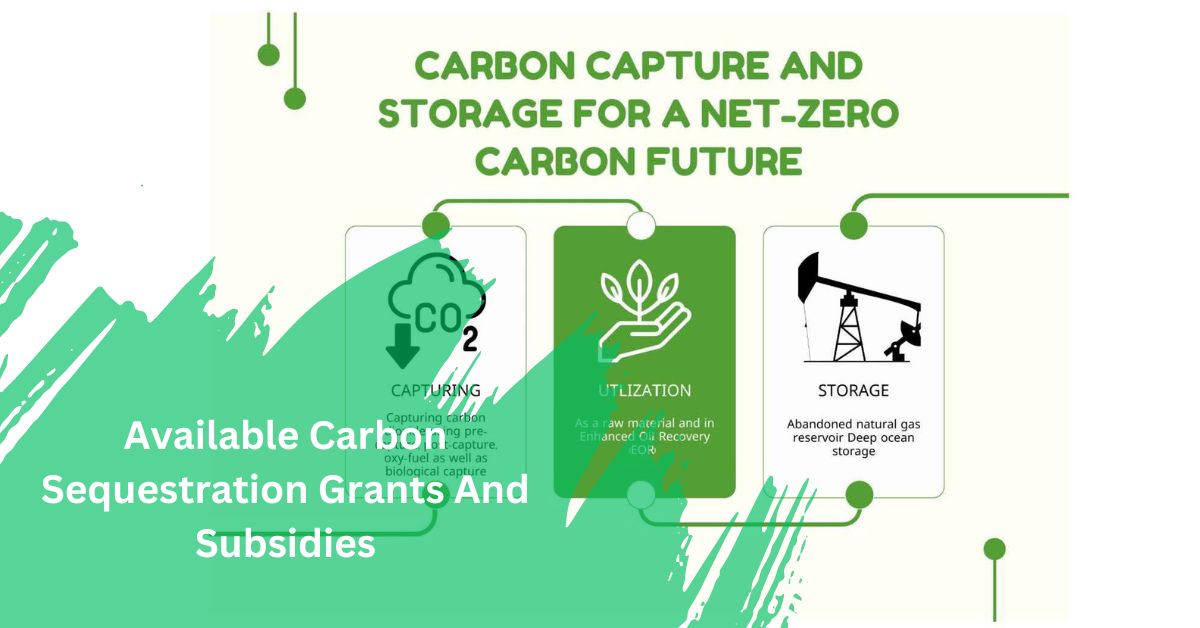Available Carbon Sequestration Grants And Subsidies
A growing number of farmers are turning to agroforestry. Motivated by increased profitability, producers are diversifying and adding crops. A native plant nursery can help.
Production and profits are up, and with them, a wide range of environmental benefits. One of these profit centers is carbon banking or sequestration. Carbon banking also enhances forest conservation.
Midwest farmers can offset the costs of adding Agroforestry projects, including carbon banking
Maintaining trees and forests is effective for sequestering carbon over the long term. Crops, grasses, and other plants sequester CO2 from the air, but they also release it when they decompose. Still, with proper soil carbon capture and farming practices, they can draw down CO2 very well.
Carbon markets enable landowners to sell carbon credits to individuals and corporations. They can purchase ‘credits’ of carbon stored and recorded by farmers. Each credit represents one metric ton of carbon reduced or removed. Current carbon credits sell for $15/ton to $20/ton of carbon. Over time, it’s expected that carbon prices will increase to $70/tCO2e or more.
Carbon farming takes full commitment to be successful right from the very beginning. Carbon credit program providers can offer the expertise, tools, and support you need. These providers can also consolidate the credits of many small producers. These carbon credit companies do the work of finding carbon buyers and making the sales.
Farmers may need financial aid to develop their agroforestry or carbon credit project. One option is the Expanding Agroforestry Incentive Payment Program, (EAIP). The EAIP is a program led by The Nature Conservancy. It will pay producers $36 million to transform 30,000 acres spanning 30 states into agroforestry systems.
The deadline to apply for the first enrollment cycle in the Lower Midwest region, which includes Missouri, is Dec. 15. The next application cycle will begin in spring 2024. To apply or learn more, go to Nature.org.
The EAIP project focuses on the use of three agroforestry practices
Alley Cropping and silvopasture
Alley cropping uses rows of trees and/or shrubs to create alleys. Crops are planted between these rows. Silvopasture combines grazing livestock operations with trees planted on the same land. Producers manage both the livestock and timber operations. The forest products, livestock, and forage provide both short- and long-term income.
Windbreaks
Windbreaks use specially designed linear plantings of trees and shrubs and provide economic, environmental, and community benefits. The primary purpose of most windbreaks is to slow and filter wind, which can benefit soils, crops, livestock, wildlife, and people.
Agroforestry producers can sequester 2 to 4 tons of carbon per acre per year in plant biomass. With increasing demand for carbon sequestration, more producers could adopt agroforestry practices. Programs like EAIP pair technical experts with producers to develop agroforestry plans. Incentive payments help offset 75% of installation costs for new agroforestry plantings, or up to $450 per acre. More information is available at nature.org/ExpandingAgroforestry.
We find that native species are excellent choices for agroforestry projects. Studies show natives are superior for carbon sequestration. Forrest Keeling grows a vast selection of native plants. Native species are perfect for specialty crops and windbreaks. And we produce them using our patented RPM-production technology. RPM-production offers superior survivability with 2X faster growth.
Using plants from a Native plant Nursery
Native species are important to our mission to ‘restore Earth’s ecosystem one tree at a time’. We can help you with agroforestry and specialty crop projects of any scope.
Contact a Native Plant nursery during the planning phase of your agroforestry project. They can give recommendations and information on native plant availability.





